Home – Search – 1
A STONE’S THROW FROM ST. PETER’S SQUARE AND THE SISTINE CHAPEL
Best price guaranteed - rooms from € 99 / night
Welcome in the heart of Eternal City
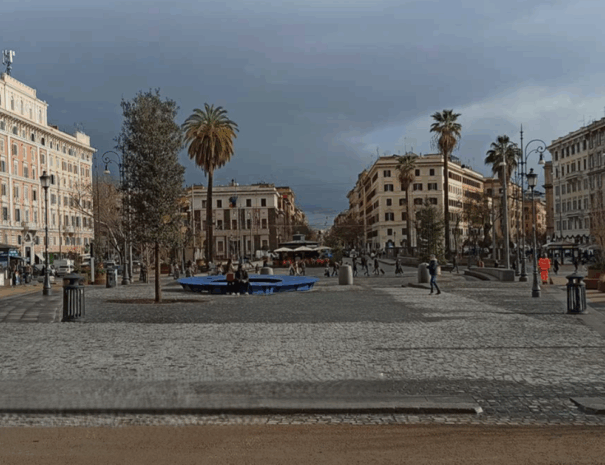
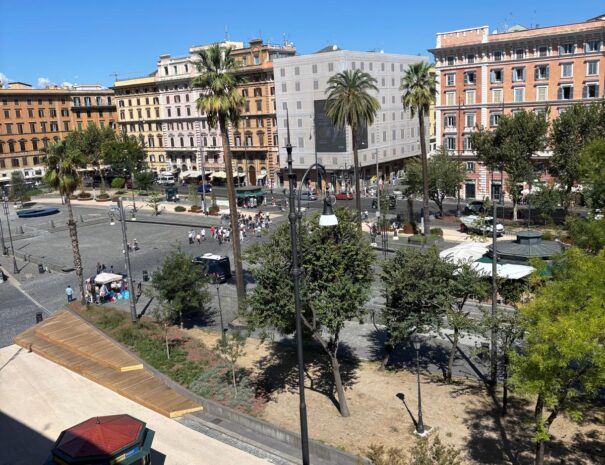
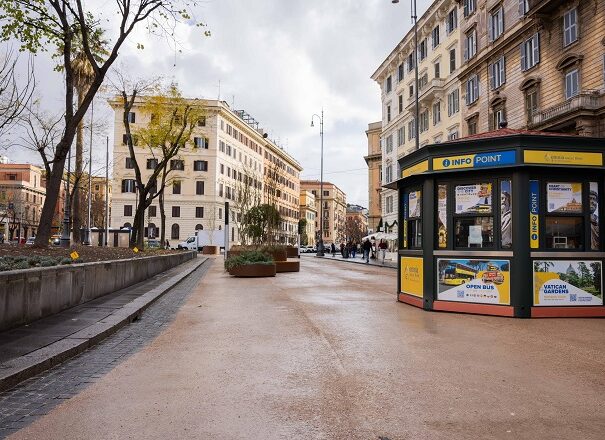

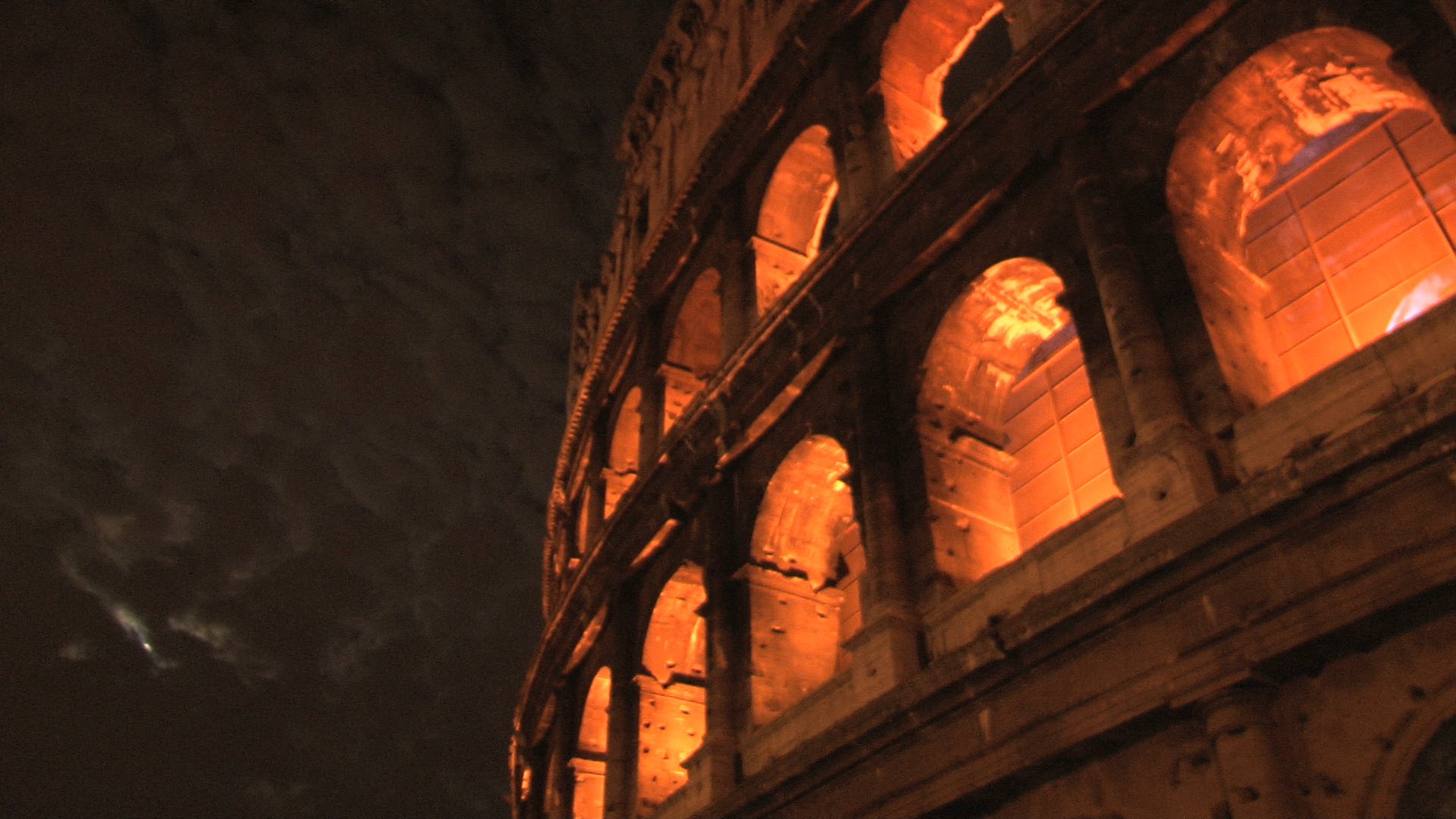
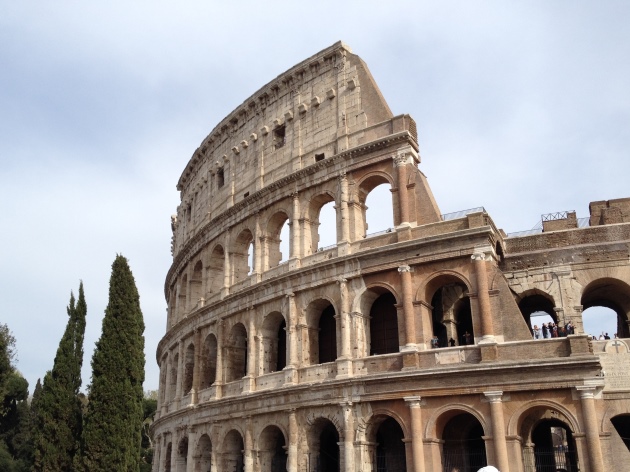
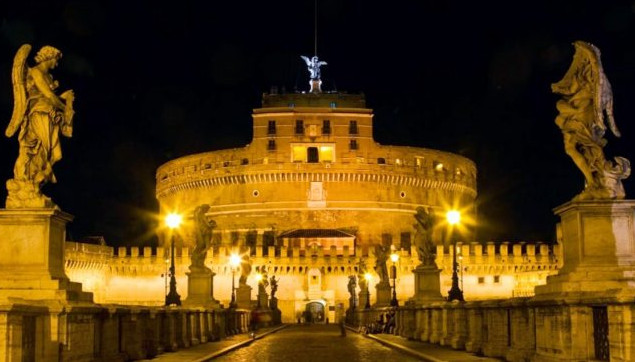

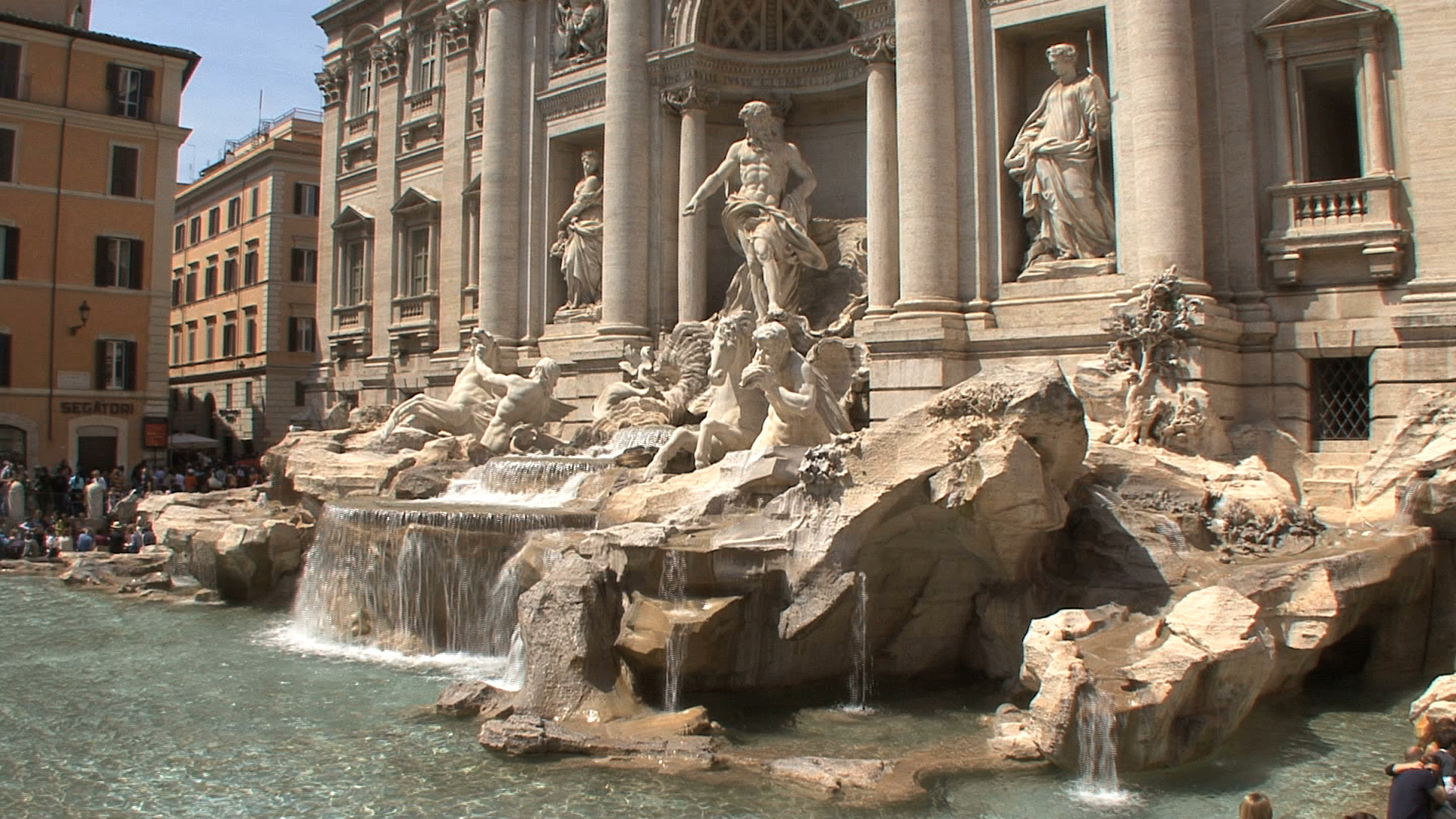


We invite you to stay in our rooms and make yourself at home in this historic Rome building. Our Bed and Breakfast offers charming bedrooms, with high ceilings and plaster moldings restored with beautiful rosettes. Large windows gives natural light throughout the day: infact, we are on fourth floor in elevator building and our rooms are very bright sunny, very quiet with soundproof windows. The rooms are furnished with comfortable double beds, large television set, writing desk, large closet and en suite bathroom. The private bath includes a very large new full shower. Every room is fully renovated, with allergy friendly features such an anti-allergy pillows and mattresses. The hall door secludes the B&B from remaining part of the house to feel like your very own suite with much additional private space. We take pride in the beauty and comfort of our suites and of our home. We respect your privacy with freedom to come and go. The proprietors are always ready to share their knowledge of Rome life and offer their guests an unforgettable experience of italian accommodation. If you want tips on public transportation, driving, dining, shopping or special attractions, we are happy to lend an insider’s view. It’s the personal touch that can turn your stay into a memorable experience. Cameo B&B offers old world elegance and charm with modern amenities, perfect for your stay in the heart of Eternal City.

Where we are
The rooms - Choose your style
About us
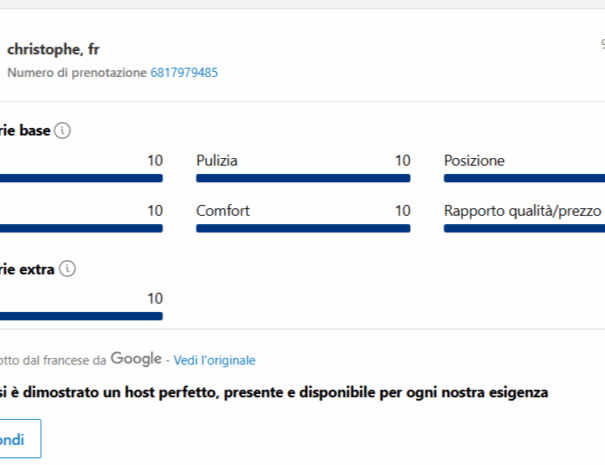
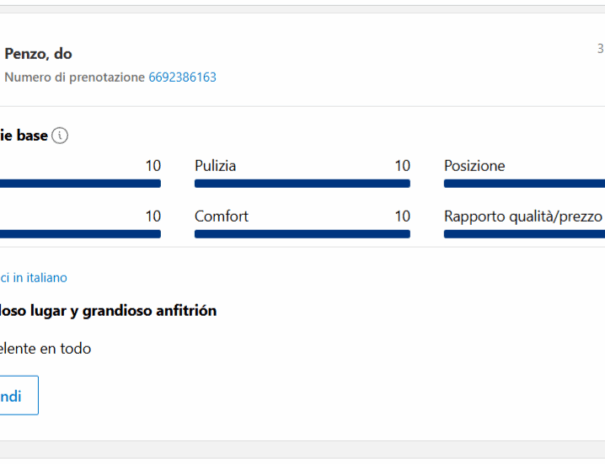
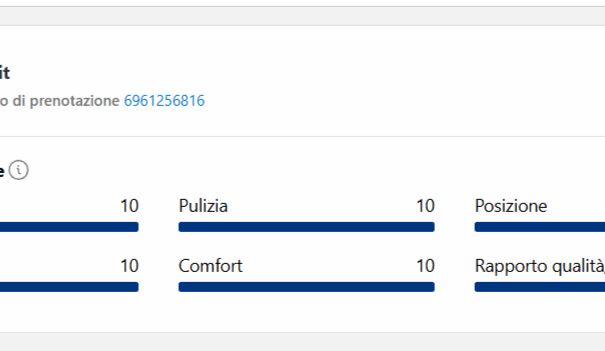
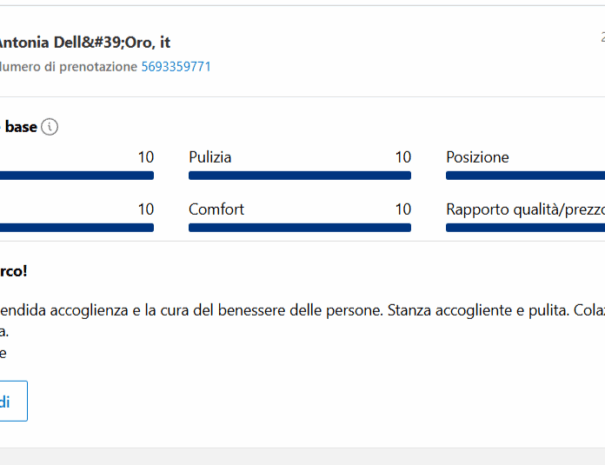
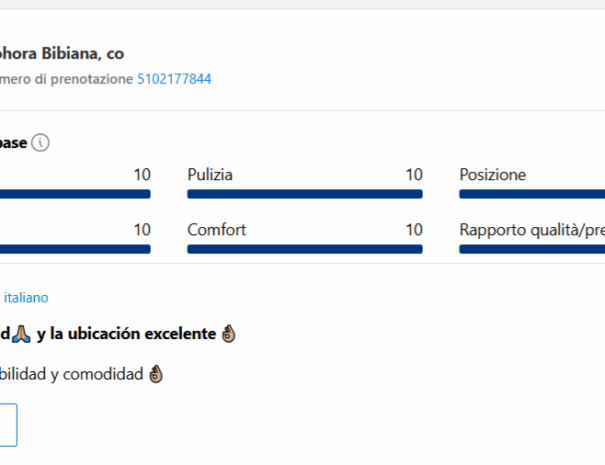
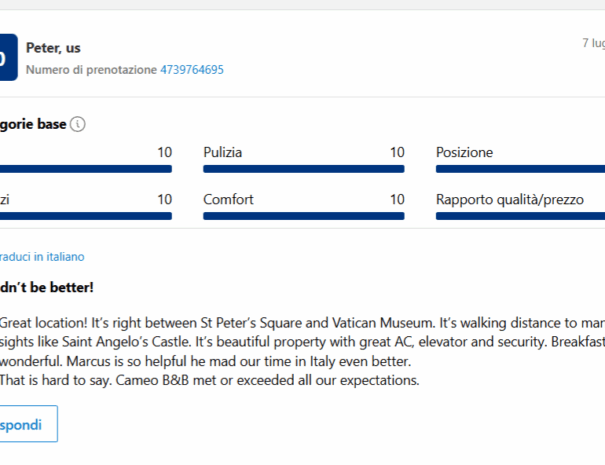
A steps from us
ST. PETER
Construction of the current St. Peter's Basilica began on April 18, 1506, under Pope Julius II and was completed in 1626, during the pontificate of Pope Urban VIII. The layout of the square in front of it was completed in 1667. The original drawings of the basilica were discovered in 1866 by the Swiss art historian Heinrich von Geymüller. However, this is a reconstruction, as on the same site, before the current basilica, there stood another dating back to the 4th century, built by the Roman Emperor Constantine I on the site of Nero's Circus and an adjacent necropolis where tradition holds that St. Peter, the first of Jesus' apostles, was buried after his crucifixion. Today, one can only imagine the grandeur of this building, immortalised only in a few artistic depictions: the layout, enriched over the centuries with precious works of art, was divided into five naves with wooden roofs and presented similarities to that of the Basilica of St. Paul Outside the Walls. It had 120 altars, 27 of which were dedicated to the Madonna.
ST. ANGEL CASTLE
The name Castel Sant'Angelo comes from a 6th-century legend that combines history, faith, and miracle. In 590 AD, during a terrible plague epidemic ravaging Rome, the new pontiff Gregory the Great led a solemn penitential procession to pray for an end to the scourge. As the procession crossed the Ponte Aelius, the pope looked up at the top of Hadrian's Mole and saw the Archangel Michael sheathing his sword. This gesture was interpreted as a divine sign: the plague was ending and the city was safe. From then on, the mausoleum was known as Castel Sant'Angelo. A chapel dedicated to Saint Michael was built on its summit, and over the centuries, the monument was enriched with various statues depicting the archangel. The first was made of wood, followed by a marble one, which was destroyed during a riot in 1379. A marble statue with bronze wings was later installed, but it shattered in the explosion of a gunpowder magazine struck by lightning. In 1527, a bronze statue was melted down to make cannons during the sack of Rome. It wasn't until 1753 that the Flemish sculptor Peter Anton von Verschaffelt created the imposing bronze statue that still dominates the castle and watches over the city. The angel atop the fortress is therefore not merely a decorative element, but a symbol of protection and hope for the Romans.
SISTINE CHAPEL
The Sistine Chapel (Latin: Sacellum Sixtinum), dedicated to Our Lady of the Assumption, is the main chapel of the Apostolic Palace and one of the most famous cultural and artistic treasures of the Vatican City, part of the Vatican Museums. It was built between 1475 and 1481, during the reign of Pope Sixtus IV della Rovere, from whom it takes its name. It is known throughout the world both for being the site of the papal conclave and other official ceremonies (including, in the past, some papal coronations) and for being decorated with some of the most renowned and celebrated works of art in the world, most notably Michelangelo's celebrated frescoes, which cover the vault (1508–1512) and the back wall (of the Last Judgment) above the altar (c. 1535–1541). It is considered perhaps the most complete and important of that "visual theology" that has been called the "Biblia pauperum." The walls are decorated with a series of frescoes by some of the greatest Italian artists of the second half of the fifteenth century, and there are areas designed to house Raphael's tapestries. There are other Sistine Chapels, notably one in the Basilica of Santa Maria Maggiore in Rome, built by Sixtus V, and another in the Cathedral of Savona, built by Sixtus IV as a mausoleum for his deceased parents.
JANICULUM CANNON
A quintessentially Roman tradition that repeats itself punctually every day, rain or shine, and which can be witnessed from one of the city's most evocative vantage points. It's the cannon salute fired from the Janiculum Hill at precisely noon, a ritual born way back on December 1, 1847. Pope Pius IX introduced it to provide a single time signal and synchronize the ringing of the church bells in the then capital of the Papal States, but its use continued even after the unification of Italy.
JANICULUM FOUNTAIN
It's one of the most beloved sites among Romans and tourists, not least for the spectacular views it offers. The Fontana dell'Acqua Paola, better known as the Fontanone del Gianicolo, is one of the capital's iconic monuments and a location for famous films, from "The Great Beauty" to "Spectre." Constructed between 1610 and 1614 by architects Giovanni Fontana and Flaminio Ponzio and sculptor Ippolito Buzio, it was designed as the terminal point of the recently restored Trajan-Paul Aqueduct, which drew water from springs near Lake Bracciano.



